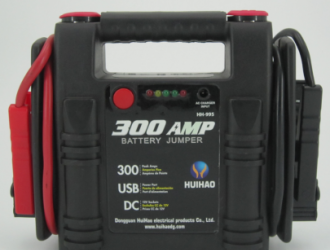Modified plastics refer to plastic products on the basis of general-purpose plastics and engineering plastics that have been processed and modified by methods such as filling, blending, and reinforcement to improve flame retardancy, strength, impact resistance, and toughness.
Ordinary plastics often have their own characteristics and defects. Modified plastic parts can not only achieve the strength performance of some steels, but also have low density, high toughness, corrosion resistance, high impact resistance, high strength, and wear resistance. A series of advantages, such as anti-vibration and flame-retardant, have emerged in many industries, and it is almost impossible to find a material that can replace plastic products on a large scale at this stage.
In recent years, the rapid development of processing and manufacturing industries around the world has greatly promoted the consumer demand for modified plastics.
In 2018, China's demand for modified plastics reached 12.11 million tons, a year-on-year increase of 9.46%. The demand for modified plastics in the automotive sector is 4.52 million tons, accounting for 37%. The proportion of modified plastics in automotive interior materials has increased to more than 60%. As the most important lightweight automotive material, it can not only reduce the quality of parts by about 40%, but also reduce procurement costs by about 40%. .
Some applications of modified plastics in the automotive field
Currently, PP (polypropylene) materials and modified PP are widely used in automotive interior parts, exterior parts and under-hood parts. In developed automobile industry countries, the use of PP materials for bicycles accounts for 30% of the entire vehicle plastics, which is the most used variety of all plastic materials in automobiles. According to the development plan, by 2020, the average plastic consumption target for automobiles will reach 500kg/vehicle, accounting for more than 1/3 of the total vehicle materials.
At present, there is still a gap between China's modified plastics manufacturers and other countries. The future development direction of modified plastics has the following aspects:
1. Modification of general plastics;
2. Modified plastics are high-performance, multi-functional and composite;
3. Low cost and industrialization of special plastics;
4. Application of high technology such as nanocomposite technology;
5. Green, environmental protection, low carbon and recycling of modified plastics;
6. Develop new high-efficiency additives and modified special basic resin
Partial application of modified plastics in household appliances
In addition to the automotive field, home appliances are also a field where modified plastics are used. China is a major producer of home appliances. Modified plastics have been widely used in air conditioners and other products in the past. In 2018, the demand for modified plastics in the field of home appliances was about 4.79 million tons, accounting for 40%. With the development of high-end products, the demand for modified plastics in the field of home appliances has gradually increased.
Not only that, because modified plastics generally have good electrical insulation, they play an indispensable role in the electrical and electronic fields.
Electric strength, surface resistivity, and volume resistivity can usually fully meet the requirements of low-voltage electrical products. At present, low-voltage electrical appliances are developing in the direction of miniaturization, multi-function, and high current, which requires the use of plastic materials with better strength and higher temperature resistance.
Many Chinese companies are also developing special modified plastics such as PA46, PPS, PEEK, etc., in order to better provide high-performance plastic materials for manufacturers of low-voltage electrical appliances. Under the 5G trend in 2019, antenna components require high-dielectric constant materials, and low-dielectric constant materials are required to achieve low latency. This has higher requirements for modified plastics and also brings new opportunities.








